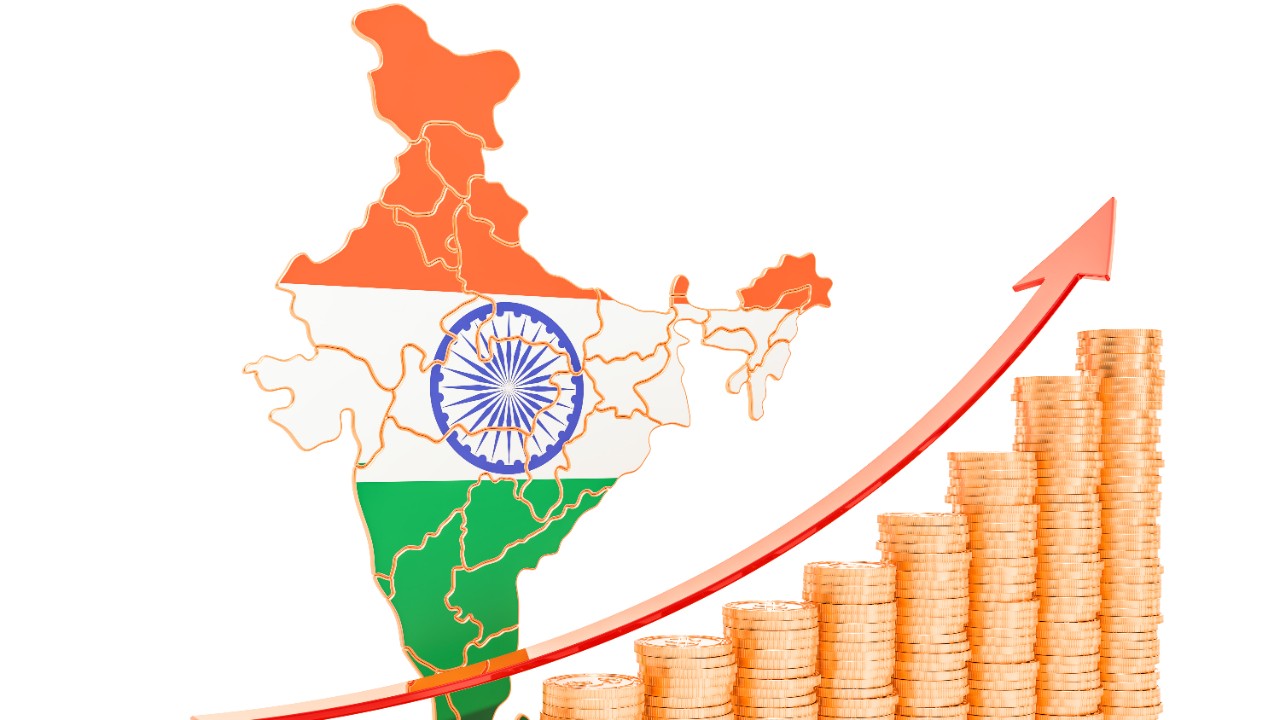
WHY IS INDIA'S ECONOMY GROWING SO FAST
- Global Offshoring - India has one of the youngest populations in the world with a median age of 28.4 years and has 1.5 million engineers graduate every year making the country a hub of highly talented tech talent. Not only the outsourced work of software development and customer service will witness a big boost but the Atmanirbhar push will further make India a manufacturing base for the world. The share of manufacturing to the GDP is expected to increase to 21% by 2031 from the current 15 %.
- Digital Transformation - India underwent a digital revolution under the Aadhar which made easy access to its people to social security, taxes, banking, healthcare and shopping. The digital infrastructure known as India stack is now revolutionizing access to finance. Resultantly, as per Morgan Stanley report the number of households earning more than US$ 35,000 a year will rise from 5.6 million to more than 25 million by 2031.
- Energy Transformation - It's estimated that per capita energy consumption is likely to increase 60% and with ambitious goals towards renewable energy sources India will be able to source around 2/3rd of the total energy requirements from such sources. As the world transitions in the same direction, India is likely to witness massive investment opportunities and innovations in this field which will help it become more efficient, productive and increase income and overall economic output.
- Manufacturing Output Rises to 13 Month High - With business conditions improving to the greatest extent in over two years, India's manufacturers ended 2022 on a sweet note. Manufacturers scaled up production and the upturn in output was sharp and the best seen since November 2021. The manufacturing purchasing managers' index, compiled by S&P Global, rose to 57.8 in December from November's 55.7. This reading is the highest since October 2020 and above the 50-mark.
- Indian Railways Earnings from Freight Jumps 16% - Freight earnings of Indian Railways increased by 16% till December of this fiscal year compared to the same period last year. Railways earned 1,20,478 crores in the first 9 months of fiscal year 2022-23, up from 1,04,040 crore last year. A total freight loading of 1109.38 MT was achieved, compared to 1029.96 MT last year, representing an 8% increase over last year's loading from April to December.
- Domestic Air Passenger Number Tops Pre-COVID - High The travel and tourism industry are back in business with a bang. With no restrictions in place, the country is witnessing the highest-ever number of domestic air passengers 4,35,500 in a day on 24 December. This is even higher than the number registered pre-pandemic, i.e., on the same day in 2019. Besides domestic travel, the demand for short-haul international trips with ease of visa requirements and fewer restrictions have also increased.
- GST Revenues Increases from 15% - GST collections reached Rs 1,49,507 crore, a 2.5% increase from the Rs 1,45,867 crore collected in November 2022. This amount is 15% higher than the GST collections in December 2021 and also marks the consistency of collection exceeding 1.4 lakh crore for the past 10 months in a row. The total GST collected in the calendar year 2022 reached Rs 17.54 lakh crore from Rs 14.31 lakh crore in calendar year 2021. In a three-year period, this growth is 44% from Rs 12.15 lakh crore in CY19.
Above are the some globally recognized postulates which foresee and helps India to secure a position of Economic Giant giving efficient competition to the major world economies like US, Japan and China in the near future.